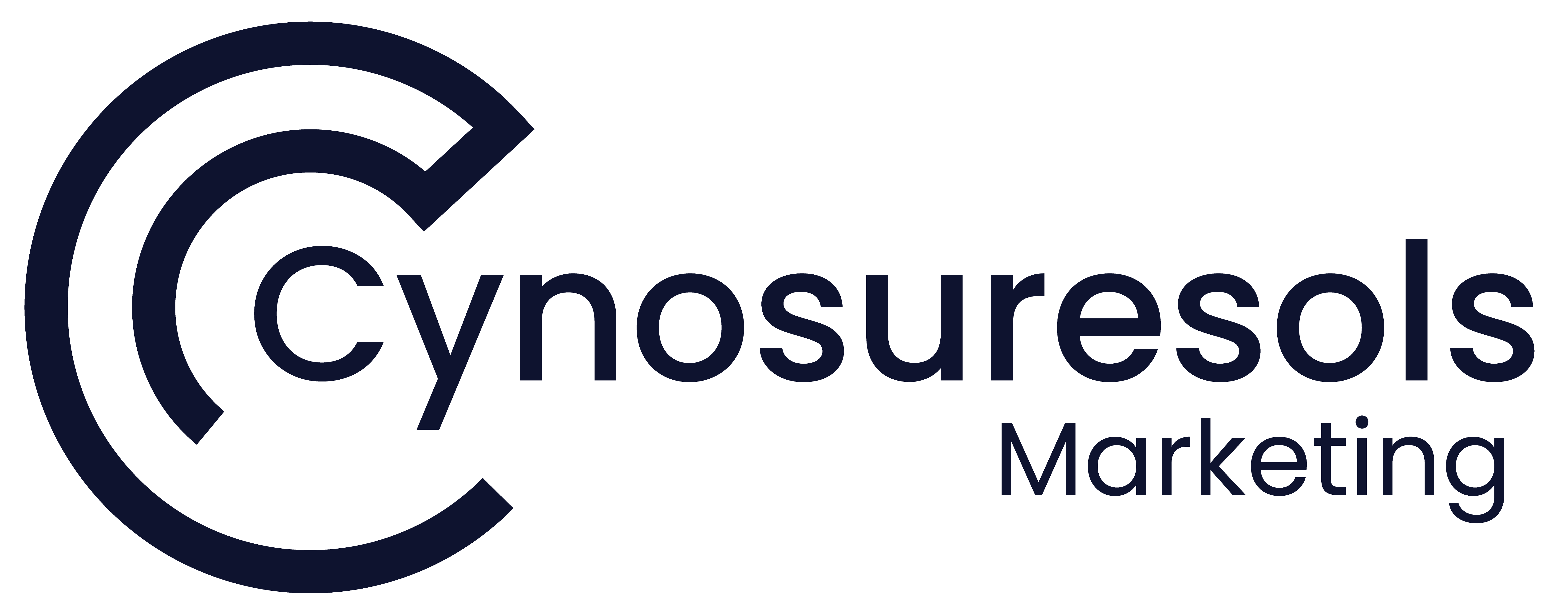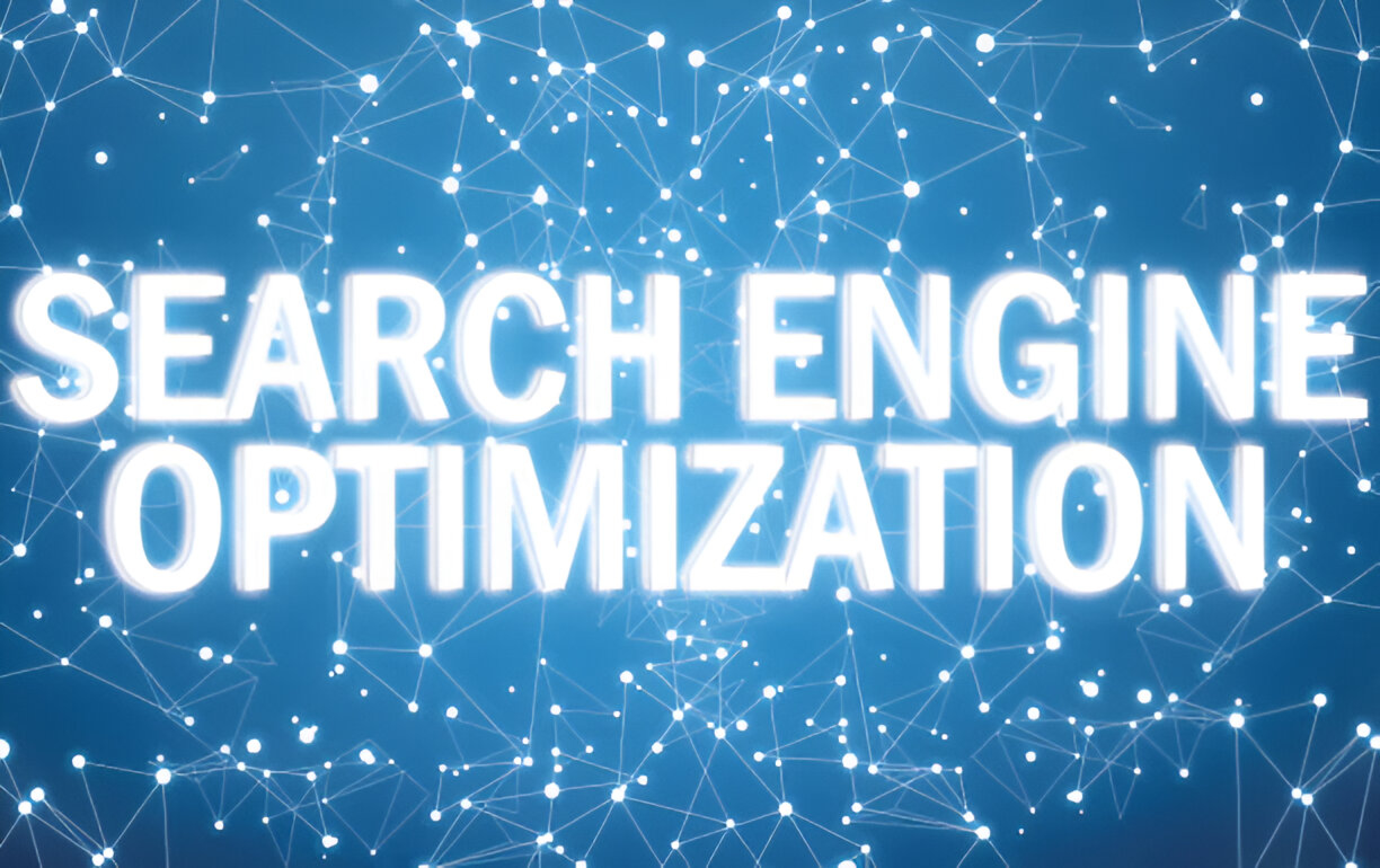Introduction
Are you looking to sharpen your marketing strategy and truly connect with your audience? Discover the magic of buyer personas! Understanding who your customers are at a deep level can transform your marketing efforts and drive your business to new heights. Let’s dive into the world of buyer personas and see how they can revolutionize your approach.
What Are Buyer Personas?
Definition of Buyer Personas
Buyer personas are semi-fictional representations of your ideal customers based on real data and market research. They encompass demographic details, behaviors, motivations, and pain points, providing a comprehensive picture of who your target audience is.
Importance of Buyer Personas in Marketing
Why are buyer personas so crucial? They help you understand your customers’ needs and preferences, allowing you to tailor your marketing messages and product offerings. This means better engagement, higher conversion rates, and ultimately, more satisfied customers.

The Benefits of Using Buyer Personas
Improved Targeting and Personalization
With buyer personas, you can create highly targeted marketing campaigns that resonate with specific audience segments. Personalization becomes much easier when you know who you’re talking to and what they care about.
Enhanced Marketing Strategies
By understanding your audience’s behaviors and preferences, you can develop more effective marketing strategies. This includes everything from content creation to social media tactics, ensuring that every effort is aligned with what your customers want.
Better Product Development
Buyer personas don’t just help with marketing; they can also guide product development. Knowing what features and solutions your customers need can lead to more successful products that meet market demands.
How to Create Buyer Personas
Conducting Market Research
Start by conducting thorough market research. This involves analyzing industry reports, studying competitors, and understanding market trends. The more data you gather, the more accurate your personas will be.
Gathering Data from Existing Customers
Your current customers are a goldmine of information. Analyze their purchasing behaviors, feedback, and interactions with your brand. This data will provide insights into what makes your best customers tick.
Utilizing Surveys and Interviews
Surveys and interviews are excellent tools for collecting detailed information directly from your audience. Ask questions about their preferences, challenges, and goals to build a clearer picture of your ideal customer.
Key Components of a Buyer Persona
Demographic Information
Include basic demographic details such as age, gender, income, education, and occupation. This information helps you understand the general characteristics of your audience.
Psychographic Details
Psychographics delve into the psychological aspects of your audience, including their values, interests, lifestyles, and attitudes. This data helps you connect with your customers on a deeper level.
Behavioral Insights
Behavioral insights focus on how your customers interact with your brand. This includes their buying habits, product usage, and the challenges they face. Understanding these behaviors is key to creating effective marketing strategies.
Step-by-Step Guide to Building a Buyer Persona

Step 1: Identify Your Target Audience
Start by defining who your target audience is. Consider factors such as industry, geographic location, and market segment to narrow down your focus.
Step 2: Collect Detailed Information
Gather as much information as possible about your audience. Use tools like Google Analytics, CRM data, and social media insights to collect demographic, psychographic, and behavioral data.
Step 3: Analyze the Data
Analyze the data to identify patterns and common characteristics. Look for trends in customer behaviors, preferences, and pain points to develop a clear picture of your ideal customer.
Step 4: Create Persona Profiles
Based on your analysis, create detailed persona profiles. Each profile should include a name, photo, and a narrative that describes the persona’s characteristics, goals, and challenges.
Using Buyer Personas in Your Marketing Strategy

Tailoring Content to Personas
Create content that speaks directly to your buyer personas. Address their pain points, answer their questions, and provide solutions that meet their needs.
Personalizing Customer Experiences
Use personas to personalize your customer interactions. Whether it’s through email marketing, social media, or customer service, make sure your communication is relevant and engaging.
Optimizing Social Media Campaigns
Your buyer personas can guide your social media strategy. Determine which platforms your audience uses most and tailor your content to fit the style and tone of each platform.
Common Mistakes to Avoid When Creating Buyer Personas
Relying on Assumptions
Don’t base your personas on assumptions or stereotypes. Use real data to ensure your personas accurately reflect your audience.
Overgeneralizing Personas
Avoid creating too broad or generic personas. Specific, detailed personas are more effective in guiding your marketing efforts.
Neglecting to Update Personas
Buyer personas should evolve as your business and market change. Regularly update your personas to ensure they remain accurate and relevant.
Real-World Examples of Effective Buyer Personas
Case Study 1: Successful Implementation in B2B
A B2B company successfully used buyer personas to target different decision-makers within their client organizations, resulting in a significant increase in lead generation and sales.
Case Study 2: Effective Use in B2C
A B2C retailer developed detailed personas for their diverse customer base, leading to more personalized marketing campaigns and a boost in customer loyalty and retention.
Tools and Resources for Developing Buyer Personas
Recommended Software and Platforms
Utilize tools like HubSpot, Xtensio, and MakeMyPersona to create and manage your buyer personas effectively. These platforms offer templates and analytics to streamline the process.
Free Templates and Guides
Take advantage of free resources such as persona templates and guides available online. These can provide a great starting point for developing your own personas.
Measuring the Impact of Buyer Personas
Tracking Engagement and Conversion Rates
Monitor how your audience interacts with your content and campaigns. Higher engagement and conversion rates are indicators that your personas are accurately targeting your audience.
Analyzing Customer Feedback
Collect and analyze customer feedback to see how well your marketing efforts are resonating with your audience. Use this information to refine and improve your personas.
Adjusting Strategies Based on Data
Use the data and insights gained from tracking and feedback to adjust your marketing strategies. Continuously refine your personas to keep up with changing customer needs and preferences.
The Future of Buyer Personas in Marketing
Emerging Trends and Technologies
Stay ahead of the curve by keeping an eye on emerging trends and technologies in marketing. Tools like AI and machine learning can enhance your ability to create and utilize buyer personas.
The Role of AI and Machine Learning
AI and machine learning are transforming how we gather and analyze customer data. These technologies can help create more accurate and dynamic personas, leading to even more effective marketing strategies.
Conclusion
Buyer personas are a powerful tool for any business looking to connect with their audience on a deeper level. By understanding who your customers are and what they need, you can create more targeted and effective marketing strategies. Start building your buyer personas today and unlock the full potential of your marketing efforts.
FAQs
What is a buyer persona?
A buyer persona is a semi-fictional representation of your ideal customer, based on real data and market research. It includes demographic, psychographic, and behavioral information.
How often should I update my buyer personas?
It’s a good practice to review and update your buyer personas at least once a year or whenever there are significant changes in your market or customer base.
Introduction
Are you looking to sharpen your marketing strategy and truly connect with your audience? Discover the magic of buyer personas! Understanding who your customers are at a deep level can transform your marketing efforts and drive your business to new heights. Let’s dive into the world of buyer personas and see how they can revolutionize your approach.
What Are Buyer Personas?
Definition of Buyer Personas
Buyer personas are semi-fictional representations of your ideal customers based on real data and market research. They encompass demographic details, behaviors, motivations, and pain points, providing a comprehensive picture of who your target audience is.
Importance of Buyer Personas in Marketing
Why are buyer personas so crucial? They help you understand your customers’ needs and preferences, allowing you to tailor your marketing messages and product offerings. This means better engagement, higher conversion rates, and ultimately, more satisfied customers.
The Benefits of Using Buyer Personas
Improved Targeting and Personalization
With buyer personas, you can create highly targeted marketing campaigns that resonate with specific audience segments. Personalization becomes much easier when you know who you’re talking to and what they care about.
Enhanced Marketing Strategies
By understanding your audience’s behaviors and preferences, you can develop more effective marketing strategies. This includes everything from content creation to social media tactics, ensuring that every effort is aligned with what your customers want.
Better Product Development
Buyer personas don’t just help with marketing; they can also guide product development. Knowing what features and solutions your customers need can lead to more successful products that meet market demands.
How to Create Buyer Personas
Conducting Market Research
Start by conducting thorough market research. This involves analyzing industry reports, studying competitors, and understanding market trends. The more data you gather, the more accurate your personas will be.
Gathering Data from Existing Customers
Your current customers are a goldmine of information. Analyze their purchasing behaviors, feedback, and interactions with your brand. This data will provide insights into what makes your best customers tick.
Utilizing Surveys and Interviews
Surveys and interviews are excellent tools for collecting detailed information directly from your audience. Ask questions about their preferences, challenges, and goals to build a clearer picture of your ideal customer.
Key Components of a Buyer Persona
Demographic Information
Include basic demographic details such as age, gender, income, education, and occupation. This information helps you understand the general characteristics of your audience.
Psychographic Details
Psychographics delve into the psychological aspects of your audience, including their values, interests, lifestyles, and attitudes. This data helps you connect with your customers on a deeper level.
Behavioral Insights
Behavioral insights focus on how your customers interact with your brand. This includes their buying habits, product usage, and the challenges they face. Understanding these behaviors is key to creating effective marketing strategies.
Step-by-Step Guide to Building a Buyer Persona
Step 1: Identify Your Target Audience
Start by defining who your target audience is. Consider factors such as industry, geographic location, and market segment to narrow down your focus.
Step 2: Collect Detailed Information
Gather as much information as possible about your audience. Use tools like Google Analytics, CRM data, and social media insights to collect demographic, psychographic, and behavioral data.
Step 3: Analyze the Data
Analyze the data to identify patterns and common characteristics. Look for trends in customer behaviors, preferences, and pain points to develop a clear picture of your ideal customer.
Step 4: Create Persona Profiles
Based on your analysis, create detailed persona profiles. Each profile should include a name, photo, and a narrative that describes the persona’s characteristics, goals, and challenges.
Using Buyer Personas in Your Marketing Strategy
Tailoring Content to Personas
Create content that speaks directly to your buyer personas. Address their pain points, answer their questions, and provide solutions that meet their needs.
Personalizing Customer Experiences
Use personas to personalize your customer interactions. Whether it’s through email marketing, social media, or customer service, make sure your communication is relevant and engaging.
Optimizing Social Media Campaigns
Your buyer personas can guide your social media strategy. Determine which platforms your audience uses most and tailor your content to fit the style and tone of each platform.
Common Mistakes to Avoid When Creating Buyer Personas
Relying on Assumptions
Don’t base your personas on assumptions or stereotypes. Use real data to ensure your personas accurately reflect your audience.
Overgeneralizing Personas
Avoid creating too broad or generic personas. Specific, detailed personas are more effective in guiding your marketing efforts.
Neglecting to Update Personas
Buyer personas should evolve as your business and market change. Regularly update your personas to ensure they remain accurate and relevant.
Real-World Examples of Effective Buyer Personas
Case Study 1: Successful Implementation in B2B
A B2B company successfully used buyer personas to target different decision-makers within their client organizations, resulting in a significant increase in lead generation and sales.
Case Study 2: Effective Use in B2C
A B2C retailer developed detailed personas for their diverse customer base, leading to more personalized marketing campaigns and a boost in customer loyalty and retention.
Tools and Resources for Developing Buyer Personas
Recommended Software and Platforms
Utilize tools like HubSpot, Xtensio, and MakeMyPersona to create and manage your buyer personas effectively. These platforms offer templates and analytics to streamline the process.
Free Templates and Guides
Take advantage of free resources such as persona templates and guides available online. These can provide a great starting point for developing your own personas.
Measuring the Impact of Buyer Personas
Tracking Engagement and Conversion Rates
Monitor how your audience interacts with your content and campaigns. Higher engagement and conversion rates are indicators that your personas are accurately targeting your audience.
Analyzing Customer Feedback
Collect and analyze customer feedback to see how well your marketing efforts are resonating with your audience. Use this information to refine and improve your personas.
Adjusting Strategies Based on Data
Use the data and insights gained from tracking and feedback to adjust your marketing strategies. Continuously refine your personas to keep up with changing customer needs and preferences.
The Future of Buyer Personas in Marketing
Emerging Trends and Technologies
Stay ahead of the curve by keeping an eye on emerging trends and technologies in marketing. Tools like AI and machine learning can enhance your ability to create and utilize buyer personas.
The Role of AI and Machine Learning
AI and machine learning are transforming how we gather and analyze customer data. These technologies can help create more accurate and dynamic personas, leading to even more effective marketing strategies.
Conclusion
Buyer personas are a powerful tool for any business looking to connect with their audience on a deeper level. By understanding who your customers are and what they need, you can create more targeted and effective marketing strategies. Start building your buyer personas today and unlock the full potential of your marketing efforts.
FAQs
What is a buyer persona?
A buyer persona is a semi-fictional representation of your ideal customer, based on real data and market research. It includes demographic, psychographic, and behavioral information.
How often should I update my buyer personas?
It’s a good practice to review and update your buyer personas at least once a year or whenever there are significant changes in your market or customer base.
Introduction
Are you looking to sharpen your marketing strategy and truly connect with your audience? Discover the magic of buyer personas! Understanding who your customers are at a deep level can transform your marketing efforts and drive your business to new heights. Let’s dive into the world of buyer personas and see how they can revolutionize your approach.
What Are Buyer Personas?
Definition of Buyer Personas
Buyer personas are semi-fictional representations of your ideal customers based on real data and market research. They encompass demographic details, behaviors, motivations, and pain points, providing a comprehensive picture of who your target audience is.
Importance of Buyer Personas in Marketing
Why is buyer persona so crucial? They help you understand your customers’ needs and preferences, allowing you to tailor your marketing messages and product offerings. This means better engagement, higher conversion rates, and ultimately, more satisfied customers.
The Benefits of Using Buyer Personas
Improved Targeting and Personalization
With buyer personas, you can create highly targeted marketing campaigns that resonate with specific audience segments. Personalization becomes much easier when you know who you’re talking to and what they care about.
Enhanced Marketing Strategies
By understanding your audience’s behaviors and preferences, you can develop more effective marketing strategies. This includes everything from content creation to social media tactics, ensuring that every effort is aligned with what your customers want.
Better Product Development
Buyer persona doesn’t just help with marketing; it can also guide product development. Knowing what features and solutions your customers need can lead to more successful products that meet market demands.
How to Create Buyer Personas
Conducting Market Research
Start by conducting thorough market research. This involves analyzing industry reports, studying competitors, and understanding market trends. The more data you gather, the more accurate your personas will be.
Gathering Data from Existing Customers
Your current customers are a goldmine of information. Analyze their purchasing behaviors, feedback, and interactions with your brand. This data will provide insights into what makes your best customers tick.
Utilizing Surveys and Interviews
Surveys and interviews are excellent tools for collecting detailed information directly from your audience. Ask questions about their preferences, challenges, and goals to build a clearer picture of your ideal customer.
Key Components of a Buyer Persona
Demographic Information
Include basic demographic details such as age, gender, income, education, and occupation. This information helps you understand the general characteristics of your audience.
Psychographic Details
Psychographics delve into the psychological aspects of your audience, including their values, interests, lifestyles, and attitudes. This data helps you connect with your customers on a deeper level.
Behavioral Insights
Behavioral insights focus on how your customers interact with your brand. This includes their buying habits, product usage, and the challenges they face. Understanding these behaviors is key to creating effective marketing strategies.
Step-by-Step Guide to Building a Buyer Persona
Step 1: Identify Your Target Audience
Start by defining who your target audience is. Consider factors such as industry, geographic location, and market segment to narrow down your focus.
Step 2: Collect Detailed Information
Gather as much information as possible about your audience. Use tools like Google Analytics, CRM data, and social media insights to collect demographic, psychographic, and behavioral data.
Step 3: Analyze the Data
Analyze the data to identify patterns and common characteristics. Look for trends in customer behaviors, preferences, and pain points to develop a clear picture of your ideal customer.
Step 4: Create Persona Profiles
Based on your analysis, create detailed persona profiles. Each profile should include a name, photo, and a narrative that describes the persona’s characteristics, goals, and challenges.
Using Buyer Personas in Your Marketing Strategy
Tailoring Content to Personas
Create content that speaks directly to your buyer personas. Address their pain points, answer their questions, and provide solutions that meet their needs.
Personalizing Customer Experiences
Use personas to personalize your customer interactions. Whether it’s through email marketing, social media marketing, or customer service, make sure your communication is relevant and engaging.
Optimizing Social Media Campaigns
Your buyer personas can guide your social media strategy. Determine which platforms your audience uses most and tailor your content to fit the style and tone of each platform.
Common Mistakes to Avoid When Creating Buyer Personas
Relying on Assumptions
Don’t base your personas on assumptions or stereotypes. Use real data to ensure your personas accurately reflect your audience.
Overgeneralizing Personas
Avoid creating too broad or generic personas. Specific, detailed personas are more effective in guiding your marketing efforts.
Neglecting to Update Personas
Buyer personas should evolve as your business and market change. Regularly update your personas to ensure they remain accurate and relevant.
Real-World Examples of Effective Buyer Personas
Case Study 1: Successful Implementation in B2B
A B2B company successfully used buyer personas to target different decision-makers within their client organizations, resulting in a significant increase in lead generation and sales.
Case Study 2: Effective Use in B2C
A B2C retailer developed detailed personas for their diverse customer base, leading to more personalized marketing campaigns and a boost in customer loyalty and retention.
Tools and Resources for Developing Buyer Personas
Recommended Software and Platforms
Utilize tools like HubSpot, Xtensio, and MakeMyPersona to create and manage your buyer personas effectively. These platforms offer templates and analytics to streamline the process.
Free Templates and Guides
Take advantage of free resources such as persona templates and guides available online. These can provide a great starting point for developing your own personas.
Measuring the Impact of Buyer Personas
Tracking Engagement and Conversion Rates
Monitor how your audience interacts with your content and campaigns. Higher engagement and conversion rates are indicators that your personas are accurately targeting your audience.
Analyzing Customer Feedback
Collect and analyze customer feedback to see how well your marketing efforts are resonating with your audience. Use this information to refine and improve your personas.
Adjusting Strategies Based on Data
Use the data and insights gained from tracking and feedback to adjust your marketing strategies. Continuously refine your personas to keep up with changing customer needs and preferences.
The Future of Buyer Personas in Marketing
Emerging Trends and Technologies
Stay ahead of the curve by keeping an eye on emerging trends and technologies in marketing. Tools like AI and machine learning can enhance your ability to create and utilize buyer personas.
The Role of AI and Machine Learning
AI and machine learning are transforming how we gather and analyze customer data. These technologies can help create more accurate and dynamic personas, leading to even more effective marketing strategies.
Conclusion
Buyer personas are a powerful tool for any business looking to connect with their audience on a deeper level. By understanding who your customers are and what they need, you can create more targeted and effective marketing strategies. Start building your buyer persona today and unlock the full potential of your marketing efforts.
FAQs
What is a buyer persona?
A buyer persona is a semi-fictional representation of your ideal customer, based on real data and market research. It includes demographic, psychographic, and behavioral information.
How often should I update my buyer personas?
It’s a good practice to review and update your buyer personas at least once a year or whenever there are significant changes in your market or customer base.



